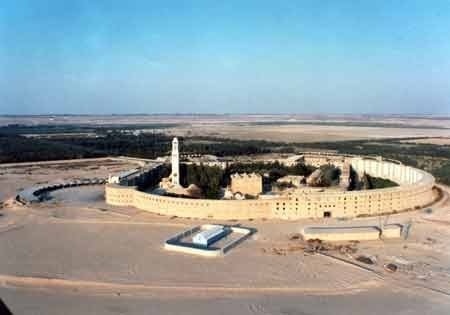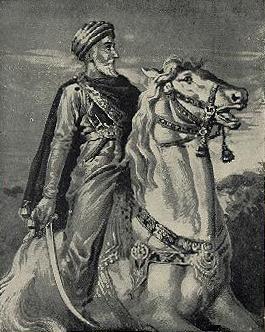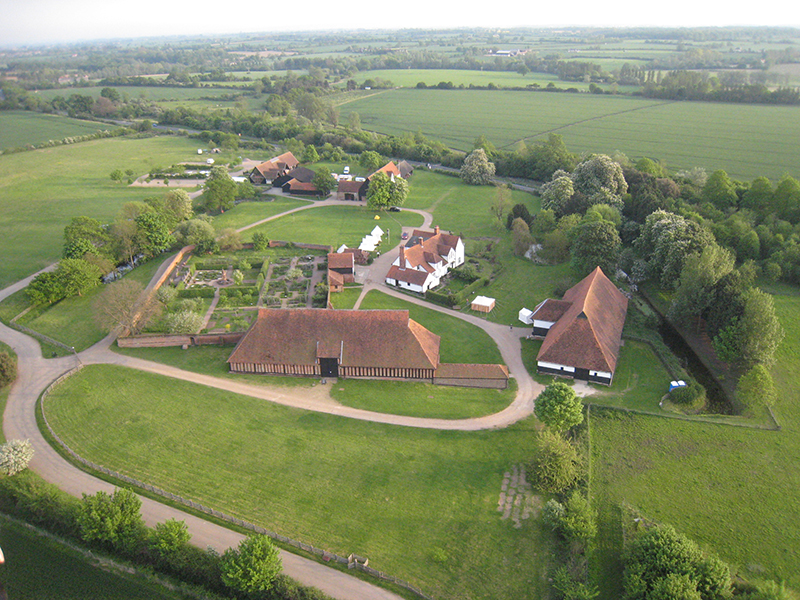| source |
"1 September 2015, Jerusalem
Dear leaders of the world and people of good conscience,
I write to you from Jerusalem to address the very serious refugee situation affecting countries across the Middle East and now Europe. I myself am a refugee, as well as a bishop. Both my faith and my history oblige me to speak up for these women, men, and children who are washing up on beaches, are found decomposing in trucks on the highway, are crossing borders of barbed wire, and are barely surviving in makeshift camps. The last weeks have seen not only an increase in the numbers of these refugees, but also an increase in tragic outcomes for many. This is a shameful situation, and one which the international community cannot ignore. It must be remembered that refugees are not vacationers. They did not leave their homes because they were looking for adventure. They are displaced as a result of poverty, violence, terror, and political conflict. Frustration and fear lead them to risk their lives and their life-savings in search of safe havens where they can live and raise families in peace. We must remember that these are not “waves” or “masses” or “hordes”—these are human beings who deserve dignity and respect. As a refugee and as Bishop of the Evangelical Lutheran Church in Jordan and the Holy Land, I have two messages for world leaders:
- I believe it is the responsibility of the world community, including the European Union, to have a clear policy to accept the stranger among us. “Welcoming the Stranger,” a set of affirmations from faith leaders developed in collaboration with the UN High Commissioner for Refugees, is a good place to begin and a good model to follow. Most major religious traditions in the world advocate welcoming the stranger, showing hospitality to all. In Matthew 25 Jesus says the nations of the world will be judged by how they treat the poor, the hungry, the immigrant: “‘And when was it that we saw you a stranger and welcomed you?’ And the king will answer them, ‘Truly I tell you, just as you did it to one of the least of these who are members of my family, you did it to me.’”
- All political leaders are responsible for this current refugee crisis, either directly or indirectly. This is the result of a global system, not merely a local crisis. The international community has not helped solve the conflicts in the Middle East and North Africa, including the Palestinian-Israeli conflict. Economic and political interests have taken priority over peacemaking and dialogue. Our region has become so chaotic that it opens the door to extremists and terrorists; our people are becoming desperate. The Middle East needs justice and peace, not only to end the flow of refugees, but so that displaced people can return to their homes in dignity, and live in free democratic states. My words may be strong. They may be direct. But this humanitarian crisis requires even stronger actions. These people, our brothers and sisters, are crying: “Who will welcome us? Where is justice?” God hears the cries of the poor, the oppressed, and the refugee. I pray that soon, political leaders and policy makers in the Global North will also hear their cries. This will begin when leaders approach refugee communities not merely as problems to be solved, but as fellow children of God deserving accompaniment, dignity, and human rights.
Bishop Dr. Munib Younan
Bishop of the Evangelical Lutheran Church in Jordan and the Holy Land"


.jpg/866px-Saladin_Soldan_d'Egypte_(BM_1879%2C1213.302).jpg)




.jpg/800px-Giotto_-_Legend_of_St_Francis_-_-11-_-_St_Francis_before_the_Sultan_(Trial_by_Fire).jpg)
















